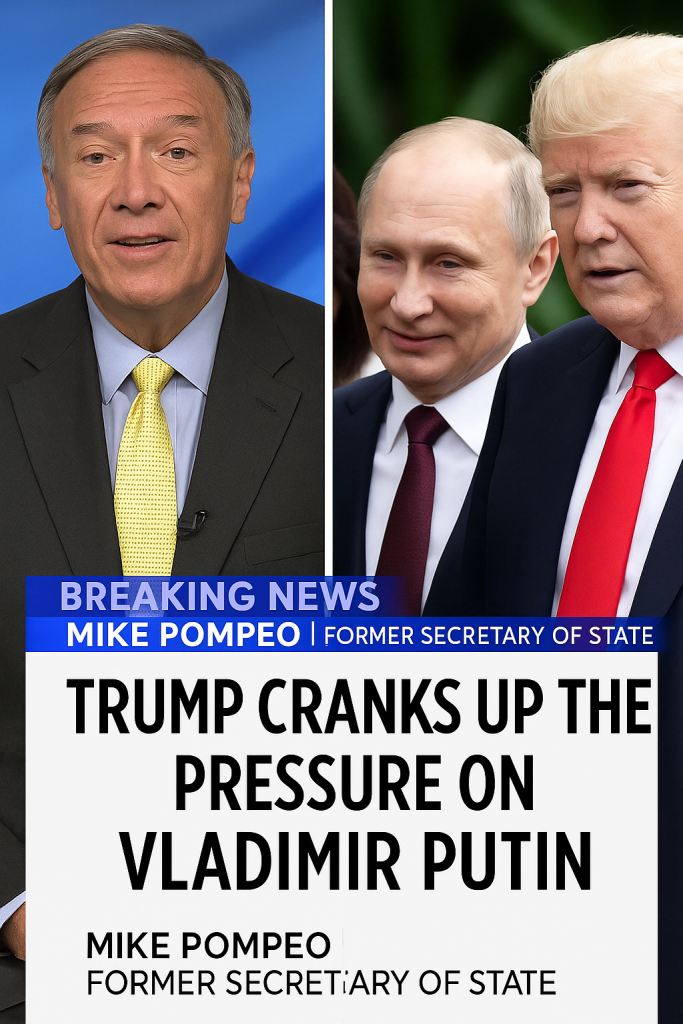In a recent interview, former Secretary of State Mike Pompeo disclosed that former President Donald J. Trump dramatically increased pressure on Russian President Vladimir Putin by threatening “very severe tariffs,” a move Pompeo described as turning up the leverage in US-Russia relations.
Pompeo’s comments shed light on what he terms a robust and strategic economic maneuver by Trump aimed at curbing Russia’s aggressive geopolitical actions. According to Pompeo, Trump’s threat of imposing heavy tariffs marked a significant escalation from typical diplomatic rhetoric, signaling a willingness to leverage economic policy to achieve foreign policy objectives.
“Donald Trump turned the leverage up on Vladimir Putin with his very severe tariffs threat,” Pompeo said, highlighting how the former president used the prospect of economic sanctions as a powerful negotiating tool. This approach, Pompeo explained, was part of a broader strategy to respond assertively to Russia’s actions that undermine US interests globally.
The tariffs threat came amid ongoing tensions between the US and Russia, especially in the context of sanctions related to Ukraine and other geopolitical conflicts. By threatening steep tariffs, Trump aimed to create substantial economic pressure that could force Russia to reconsider its aggressive policies.
Pompeo’s revelation aligns with Trump’s well-documented preference for using economic leverage in international relations, a hallmark of his “America First” doctrine. The tactic of employing tariffs as a form of coercion had previously been seen mostly with respect to China and trade partners, but Pompeo’s comments highlight how it was also a deliberate tool in managing the contentious US-Russia relationship.
Critics of Trump’s tariffs policies have argued that such measures can backfire by hurting American businesses and consumers. However, supporters claim that imposing hardened economic barriers is necessary to counteract adversaries who flout international norms.
Pompeo’s statements come as discussions intensify around US policy toward Russia, especially with geopolitical tensions remaining high in 2024. The potential use of tariffs as a diplomatic weapon underscores the complexity of balancing pressure with engagement in addressing the challenges posed by Russia on the world stage.
While Trump’s presidency ended in early 2021, these strategic moves continue to influence how former administration officials and current policymakers view effective tools against adversaries like Russia. Pompeo’s insights offer a rare glimpse into behind-the-scenes calculations that shaped key foreign policy decisions.
As global uncertainty persists, the legacy of Trump’s tariff threats remains a significant talking point in debates about how the US should wield economic power to defend its interests and promote international stability.



